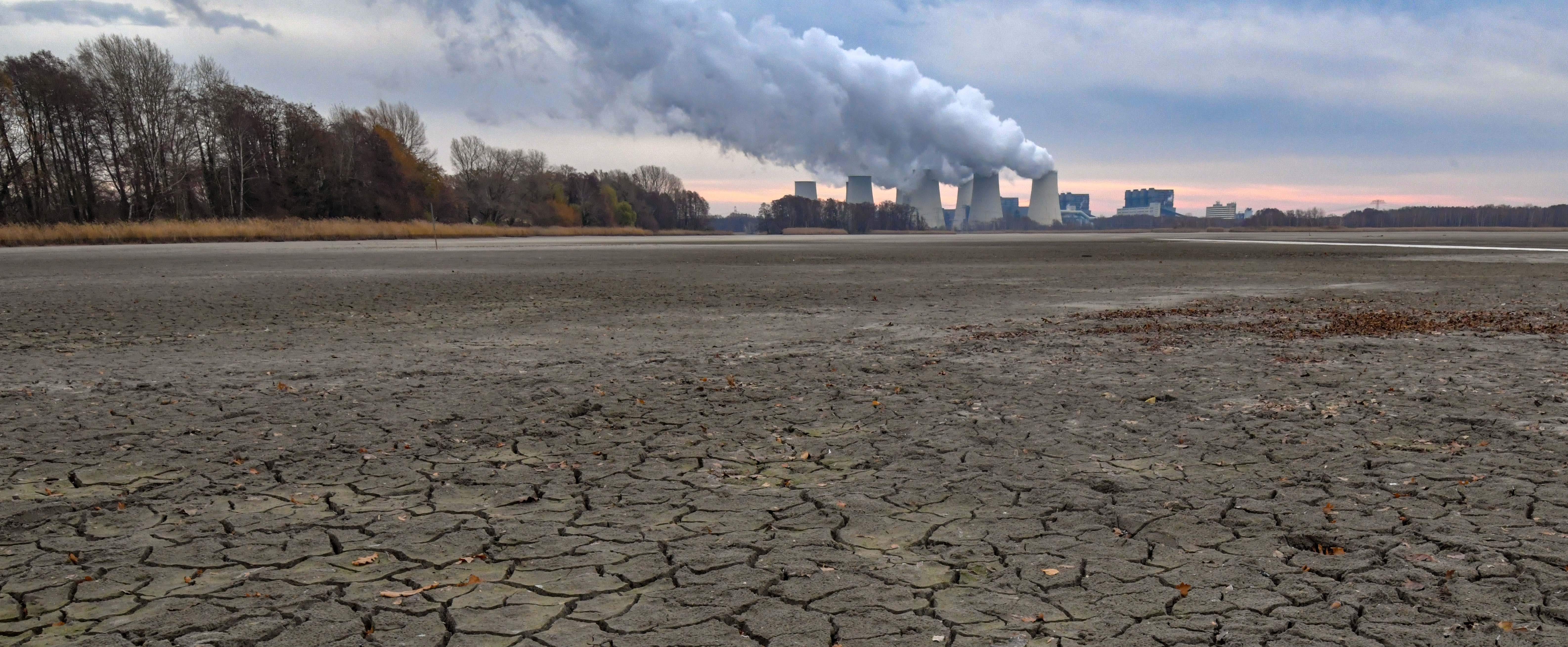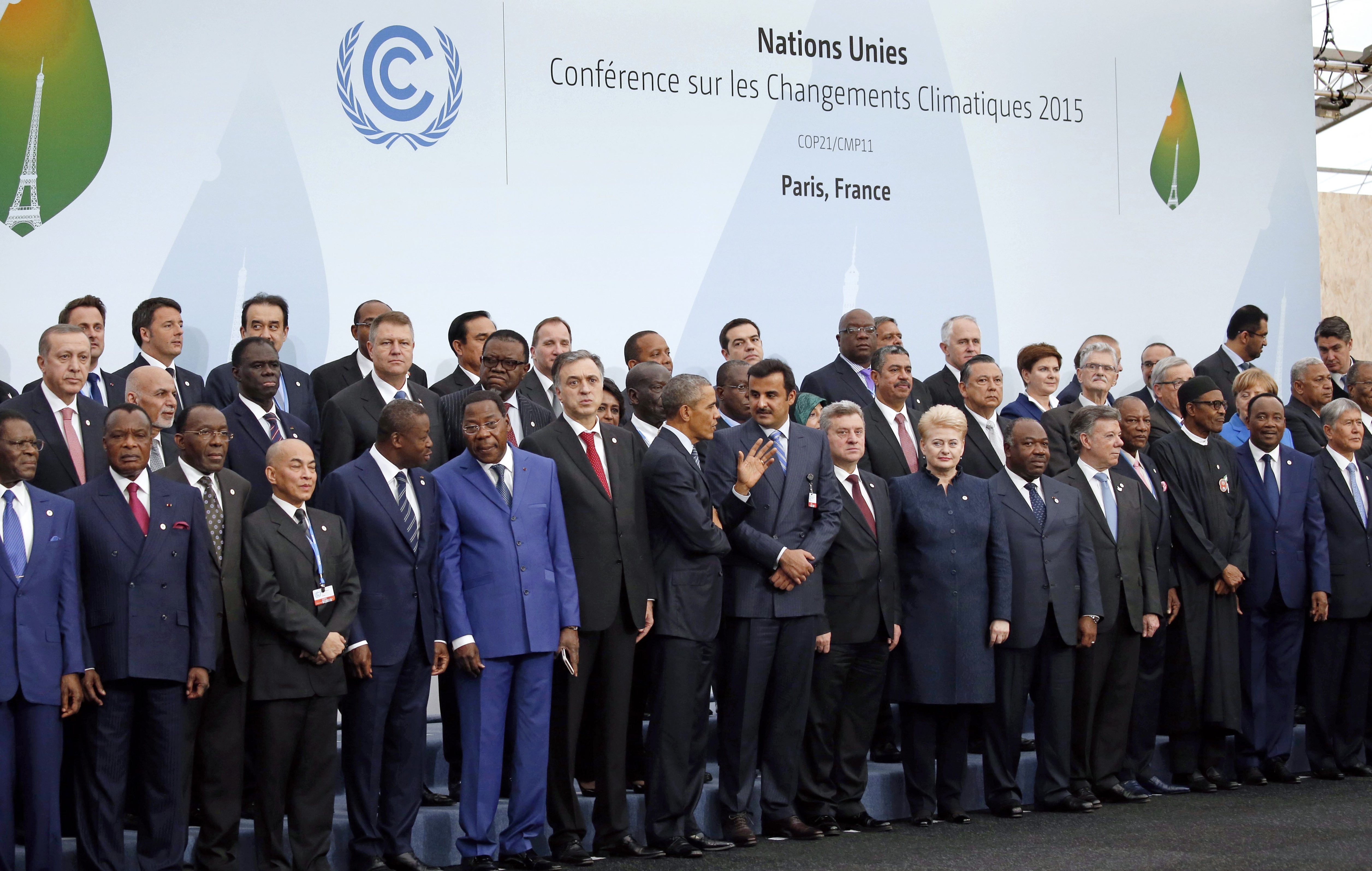
Climate change in court

A recent court ruling could signal a new direction for Australian climate law after the appropriateness of a proposed fossil fuel development was put on trial
Published 3 March 2019
Last month, Chief Justice Preston of the New South Wales Land and Environment Court handed down what has been heralded as a landmark decision dismissing on appeal the proposal of Gloucester Resources to construct a new open-cut coal mine in the state’s Hunter Valley.
The Chief Justice found that, as well as creating unacceptable impacts for local residents, the proposed Rocky Hill Coal Project would adversely impact upon measures to limit dangerous anthropogenic climate change.

Dismissing the notion that has been relied upon in Australian courts in previous cases that one mine in Australia represents only a small fraction of global emissions, he found that all of the direct and indirect greenhouse gas (GHG) emissions of the Rocky Hill Coal Project will negatively impact on the environment, since “all anthropogenic GHG emissions contribute to climate change”.
The carbon budget and the wrong time test
What’s particularly significant about this case is that it’s the first time that Australia’s share of the so-called ‘global carbon budget’ – derived from the Paris Agreement goal to limit global warming to well below 2°C above pre-industrial levels and ideally to no more than 1.5°C – has been heard in a court and used as a reason to dismiss a fossil fuel project.

Emeritus Professor Will Steffen from the Australian National University provided an expert testimony to the court explaining the carbon budget approach and why the remainder of Australia’s coal reserves need to “be left in the ground, unburned”.
Referring to leading peer-reviewed science, he explained the imperative of fossil fuel phase-out in Australia if global emission reduction targets are to be achieved, commenting “it doesn’t take an Einstein to work that out, that you cannot reduce emissions by increasing them.”
From this has emerged what has been dubbed as the ‘wrong time test’.
To pass the test, a proponent of a fossil fuel project needs to establish why their project should be approved “at a time when what is now urgently needed, in order to meet generally agreed climate targets, is a rapid and deep decrease in GHG emissions”. The test does not imply that the Paris Agreement prohibits new fossil fuel developments.

However, it recognises that a practical consequence of reaching the emission reductions required to achieve the 1.5 to 2°C goal is that coal production needs to reduce rather than expand. Given that context, new proposals must be considered very carefully.
The factual evidence laid out in the case demonstrates that what’s at stake are the serious and tangible risks that climate change poses for countries including Australia.
The market substitution argument
The Rocky Hill judgment rejects an argument known as the “market substitution” or “perfect substitute” argument. The logic of this argument is that if coal is not mined in Australia and ultimately burned somewhere, then an exact (rather than a more environmentally friendly) substitute will be mined and burned elsewhere.

Environment
Trump’s political climate
This argument, colloquially known as the “drug-dealer’s argument”, was behind Justice Griffith’s 2016 decision in the Federal Court that Adani’s Carmichael Coal Mine should be approved. He wasn’t persuaded that Adani’s mine would have a net impact on global GHG emissions, even though it would be the largest coal mine in the Southern Hemisphere.
In the Rocky Hill case, the Land and Environment Court heard a claim that if the coal was not mined in Gloucester, then it would be mined somewhere else like India or Indonesia, and overall global emissions wouldn’t be affected.
Chief Justice Preston rejected this argument as logically flawed, pointing to the fact that the proponents of the argument have no evidence of market forces to support it, that countries around the world are reducing emissions to comply with their Paris targets, and that developed nations such as Australia should take the lead – a concept enshrined in the Paris Agreement. He says:
“The potential for a hypothetical but uncertain alternative development to cause the same unacceptable environmental impact is not a reason to approve a definite development that will certainly cause the unacceptable environmental impacts.”

The Chief Justice’s approach might be new for Australia, but it follows a trend emerging in foreign courts. The market substitution argument, criticised by scholars in the United States, has already been rejected by the US 10th Circuit Court of Appeals as being an irrational assumption contrary to basic supply and demand principles.
An anomaly or a new direction?
The Rocky Hill case is not binding for other state and territory courts, nor for the Federal Court, and for this reason it could turn out to be an anomaly.

Environment
Hydrogen: Has its time come?
The case was a “merits review” as opposed to a “judicial review”, meaning that the court was able to step into the shoes of the original decision-maker – the NSW Planning Minister – and determine whether his decision not to approve the mine was the correct or preferable one.
In other cases, courts may only be able to consider whether the decision was made within the bounds of the law. In cases like this, courts are interested in whether the decision-maker took into consideration the factors that he or she needed to, and do not tend to judge whether the weight given to climate change vis-à-vis other relevant factors was appropriate.
What this essentially means is that it is generally government ministers who hold the power to determine, guided by the law, what influence climate change considerations will ultimately bear on a mine approval. The court’s role is limited.
Given that Australia’s 20-year-old national environment law does not mention climate change in its 527 provisions, and that Australia does not have a national climate law or any formal codification of its Paris commitments, it’s arguable that the law does not really provide very much guidance to these decision-makers.

While some state and territory legislation does recognise climate change, what is required varies significantly from state to state. So, in turn, do the judgments of different (and less specialised) courts.
Legal scholars have argued that climate change needs to be seen as a matter that is of importance to the whole country, even in the context of specific projects located in one state or territory. Therefore, that it should be relevant for ministers whenever they are weighing up a new fossil fuel development. But the law is not clear and has, as a result, been interpreted in various and sometimes conflicting ways.
Despite these factors, the reasoning in the Rocky Hill case could well prove difficult to argue with in future cases considering the appropriateness of new fossil fuel developments. And it certainly signals a wind of change.

Environment
Who’s running late for the Paris Agreement?
The wrong time test reflects the current global imperative to reduce emissions, which is relevant to Australia as a signatory of the Paris Agreement, and it also applies that context to individual projects. It provides a much-needed means to recognise the cumulative effects caused by each fossil fuel project to the greater problem of climate change, and to the flow-on environmental, social and economic impacts facing Australia.
Its basis is grounded in strong scientific evidence. For these reasons, it should be persuasive for Australian courts that have in the past struggled to articulate climate change as a “significant” rather than “speculative” or “remote” issue.
Through the Rocky Hill case, Australian courts now have a clear example of how the need to reduce emissions, on account of the threats to Australia posed by climate change, and on account of Australia’s foreign commitments, can be applied to decisions about individual projects.
The court’s rejection of the market substitution argument is also a position that we are likely to see reinforced if the argument is tested in another court. If the argument is indeed illogical and flawed, then it would be strange to see it succeed in an analogous context.

From what we have seen in the Rocky Hill case and abroad, it would be difficult, even if the argument was considered, for a proponent to be able to show that its proposal would not have any net impact on global emissions and is therefore acceptable.
If the Rocky Hill case is anything to go by, the winds may just be too strong now for the historical ‘not our problem’ type arguments that Australia has relied on in the past to withstand them.
Banner: Getty Images
